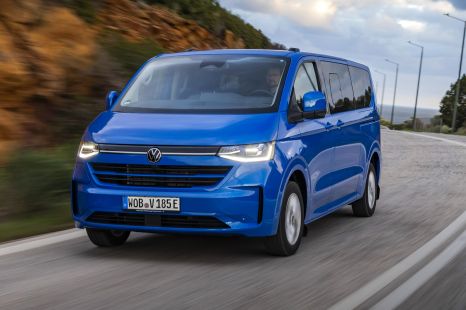

Dave Humphreys
2025 Volkswagen Transporter review: Quick drive
6 Months Ago
The Renault Trafic is a long-running option in the van segment, and received a safety-focused update in 2022. How's it holding up in 2024?
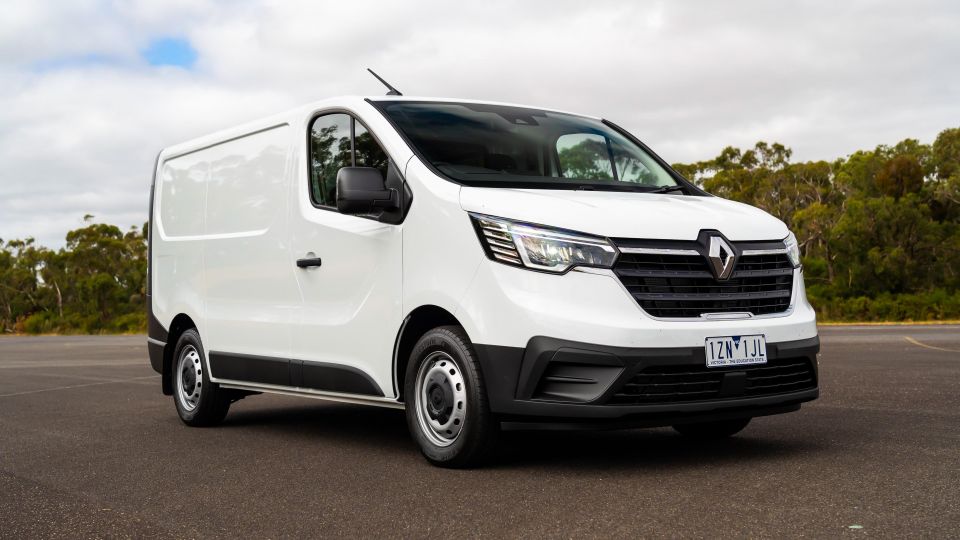


Contributor

Contributor


Contributor

Contributor
Quickly see how this car stacks up against its competition. Select any benchmark to see more details.
Where expert car reviews meet expert car buying – CarExpert gives you trusted advice, personalised service and real savings on your next new car.
Van drivers spend more time than most on the road.

Whether they’re small business owners running around precious cargo or posties delivering Amazon orders, they’re a crucial part of the economy that for a long time was undervalued, missing out on crucial safety equipment standard on even some of Australia’s cheapest cars.
Times are changing, though. The best-selling Toyota HiAce was overhauled in 2020 with a full suite of active safety features across the range, and its rivals have fallen into line since then – including the Renault Trafic.
It was given a nip-and-tuck in 2022 bringing a new look, an updated interior, and a broader suite of active safety features on some models.
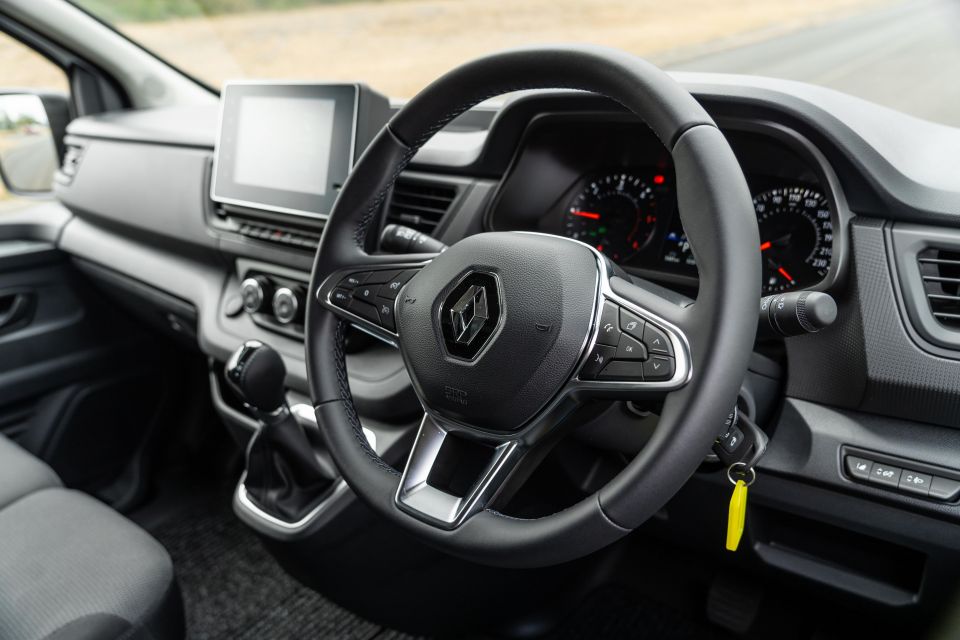
Renault also says the Trafic remains a car-like option to drive, with a punchy turbo-diesel engine and refined manners on pimpled city streets.
How does it shape up in 2024?
Prices for the Renault Trafic were raised by $800 in 2023 – our Pro Van SWB auto sits at the bottom of the range.

2024 Renault Trafic pricing
Prices exclude on-road costs
To see how the Trafic lines up against its rivals, check out our comparison tool.
Buy your new car without the stress. It's fast, simple and completely free.

Great service from Travis and team, second time I have used this business would not hesitate to recommend them to anyone
Craig C.
Purchased a Ford Ranger in Sunshine Coast, QLD
CarExpert helped Craig save $7,224 on his Ford Ranger, now let us save you on your next new car.
Get your BEST priceThe cabin of the Trafic holds few surprises. You sit high, looking down over a stubby bonnet, and the dials and central screen are shared with plenty of other Renault models.
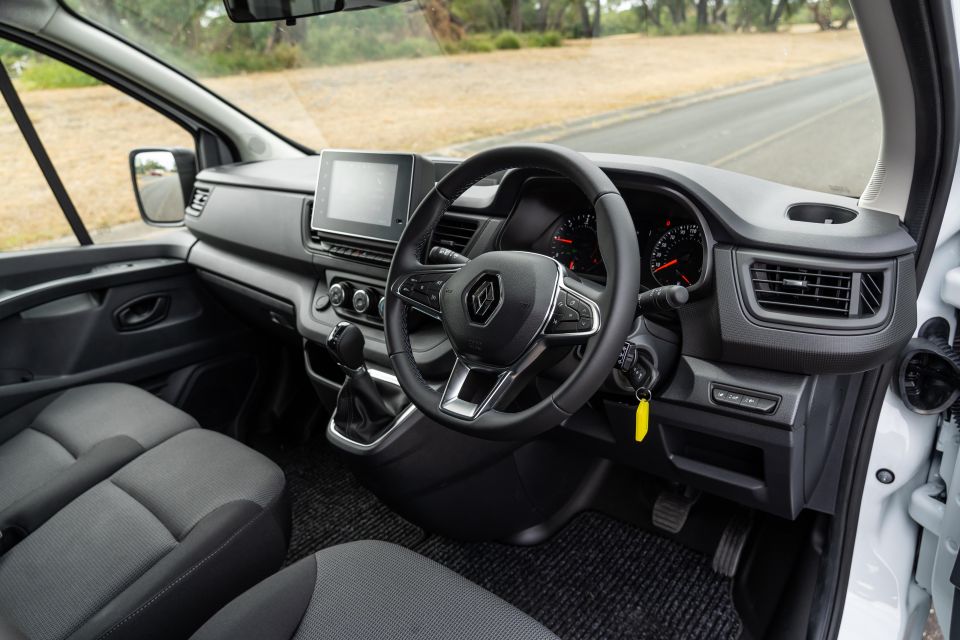
As was previously the case the driving position is generally good, with enough space for tall drivers to get comfortable behind the wheel and plenty of support for long stints on the road, and the major touch points are surprisingly nice.
The leather-wrapped wheel is lifted from high-end versions of the Captur, for example, as are the click-clack climate controls and the soft-touch dashboard. There’s lots of hard plastic and cloth around, but there are some nice touches for tradies who like the finer things in life.
Renault’s in-house 8.0-inch touchscreen sits on a high-set mount atop the dashboard, and is functional and full-featured. Along with inbuilt satellite navigation on some models (not our Pro), it features wireless (new for 2024) and wired Apple CarPlay and Android Auto allowing you to mirror your smartphone.


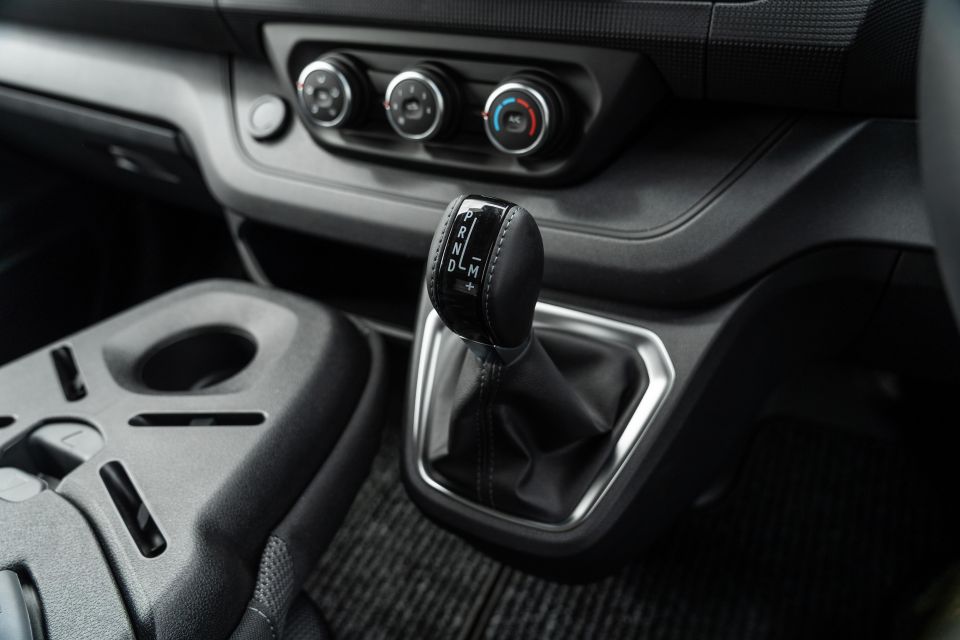
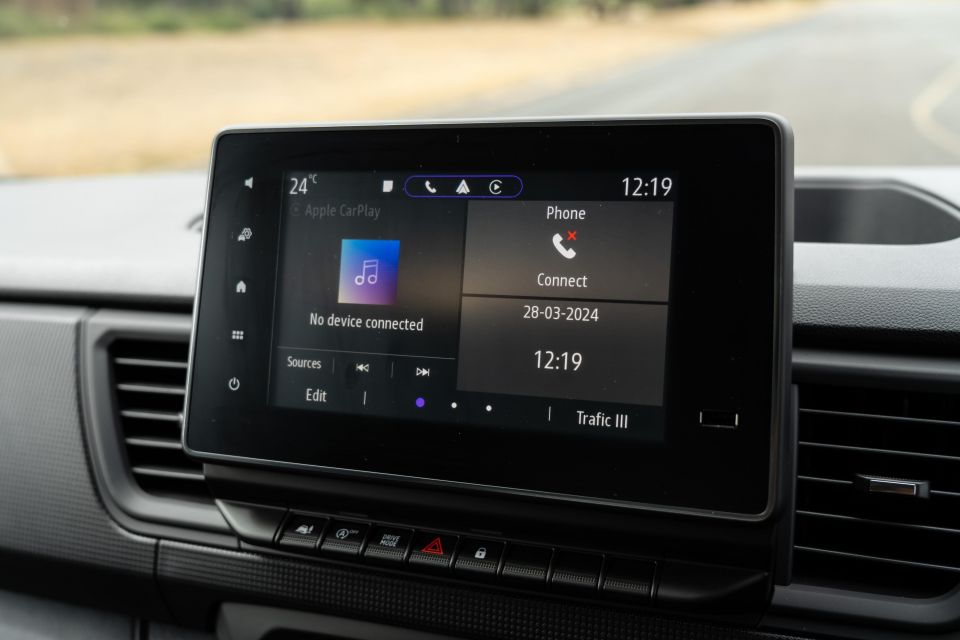
Although it’s clear and quick enough, the screen looks quite squished – as if it isn’t quite adjusted correctly for the aspect ratio, or it’s been converted from old-school analogue TV to widescreen. We’d wager most owners won’t care, but it is a bit odd.
The simple trip computer and analogue dials are perfectly in keeping with what’s on offer elsewhere in the segment, and the digital speedo makes it easy to keep below the legal limit if you’re running late for a job.
Our tester featured a three-seat front bench, with a folding central seat. The chunky seat back has a huge range of storage spaces for documents and cups, but it is quite an awkward armrest if that’s how you really want to use it.


The hard-backed clipboard that slots into the central armrest and is angled towards the driver is a neat touch, and shows the focus on real-world users here. Likewise the 54L of storage under the passenger seats, which is a great place to hide valuables if you’re often hopping in and out of the car.
There are countless places to store bottles, snacks, documents, and oddments, plus there are both USB-A and USB-C points to keep your devices juiced on the move.
Rear load space in the new Trafic remains unchanged from the previous iteration.
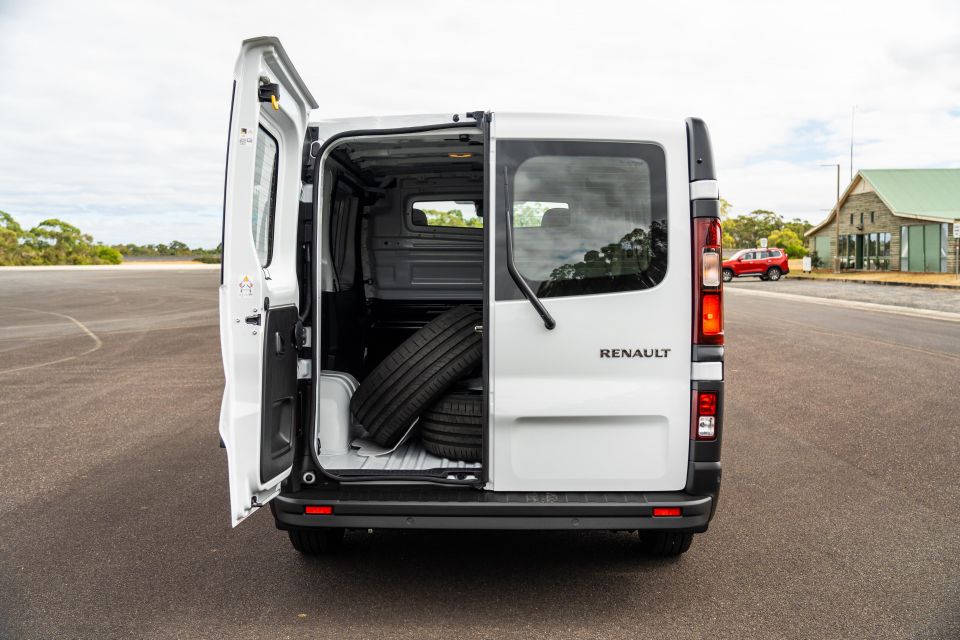
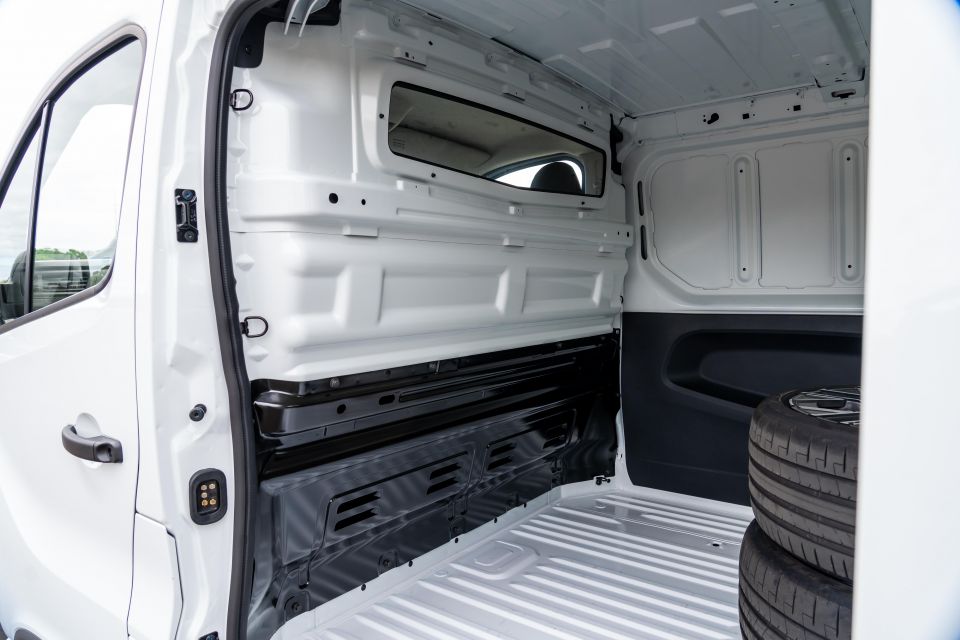
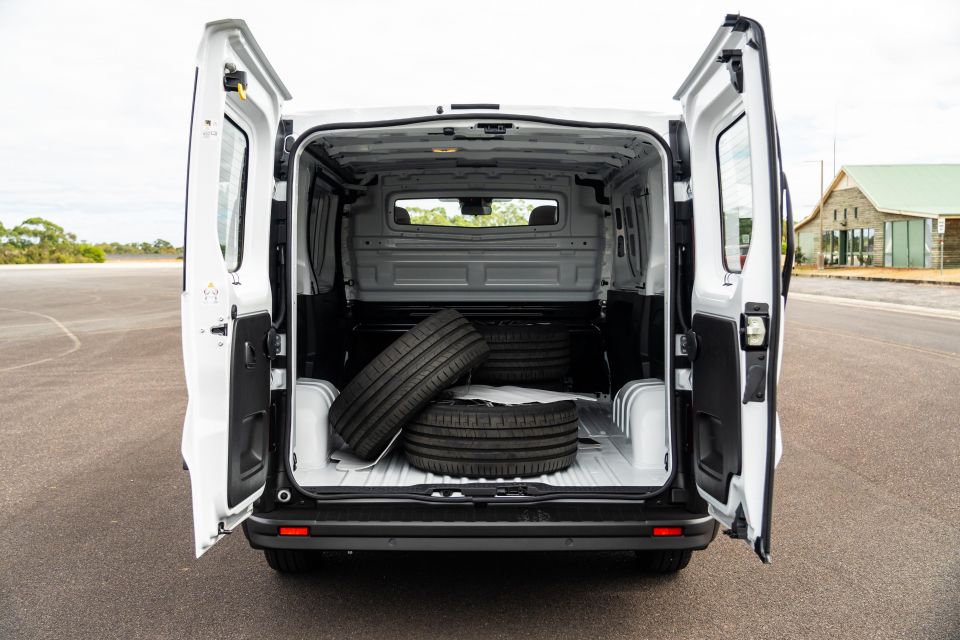
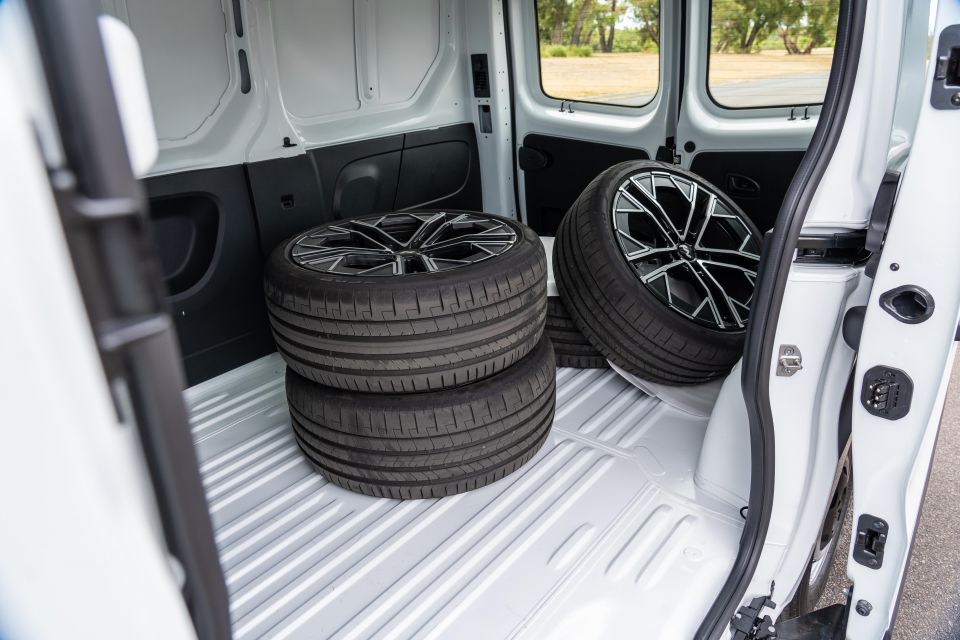
It has a class-leading load length of up to 4.15 metres using the load-through bulkhead hatch in the passenger seat footwell in the LWB, or 3.35 metres in the SWB versions.
Total load capacity in the SWB is 5.8 cubic metres, while the LWB stretches that to 6.7 cubic metres and a maximum payload of up to 1280 kilograms.
Night work is catered for by LED lighting in the load area, while there are 16 tie-down points back there for multiple types of freight.
Only one engine is offered in the Trafic, mated with a six-speed manual or a six-speed dual-clutch transmission.
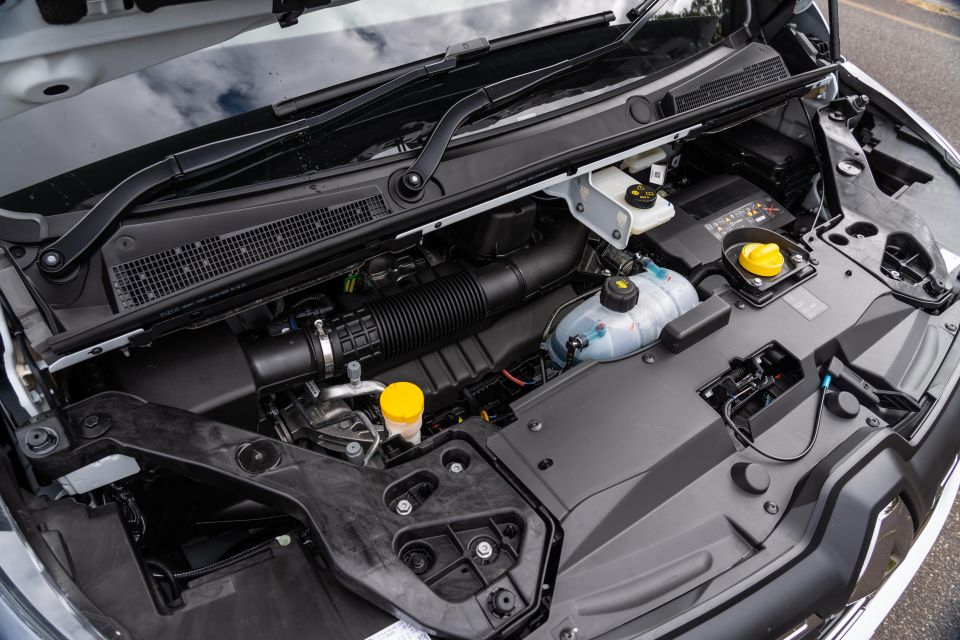
| Model | Renault Trafic Pro SWB |
|---|---|
| Engine | 2.0-litre 4cyl turbo-diesel |
| Power | 125kW |
| Torque | 380Nm |
| Transmission | 6-speed dual-clutch auto |
| Driven wheels | Front-wheel drive |
| Weight | 1796kg (kerb) |
| Payload | 1224kg |
| Gross vehicle mass (GVM) | 3020kg |
| Unbraked towing capacity | 750kg |
| Braked towing capacity | 1680kg |
| Gross combined mass (GCM) | 4700kg |
| Fuel economy (claim) | 6.5L/100km |
| Fuel economy (as tested) | 7.8L/100km |
| Emissions (CO) | 183g/km |
| Fuel tank size | 80L |
| Fuel requirement | Diesel |
To see how the Trafic lines up against its rivals, check out our comparison tool.
The idea of a dual-clutch transmission in a van mightn’t seem particularly intuitive, given they’re usually used in high-performance cars or city hatches with an eye on economy… but the Trafic makes it make sense.
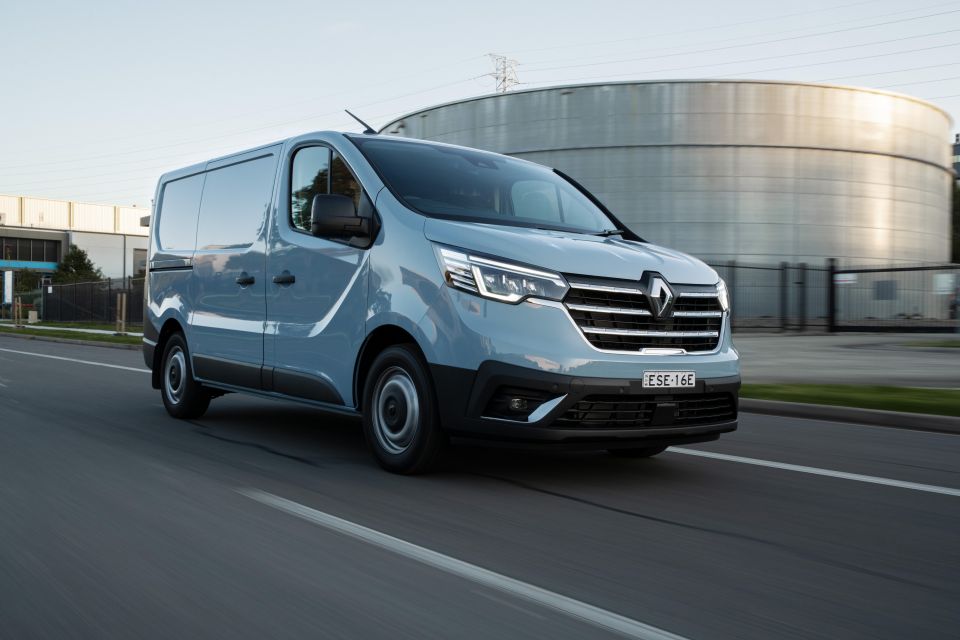
Gone is the 1.6-litre engine offered in the last Trafic, leaving only the brawnier 2.0-litre unit on offer here. Peak torque is on tap from just 1500rpm, and the transmission is smart enough to keep you within that peak torque band when you need to get moving in a hurry around town.
There’s almost no hesitation off the line, and shifts between first and second gear are dealt with smoothly even on a light or inconsistent throttle. Even low-speed creeping on hills, where smooth take-up is essential, are handled with aplomb.
It can occasionally be a bit slow to hook up after start/stop engages, however. Shifts are snappy on the fly, both up and down, making the option to manually shift with the lever slightly redundant.
Refinement is pretty impressive, too. Often, turbo-diesel engines in vans feel pretty rough and ready, but you don’t get an excess of engine noise or vibration on the go here.
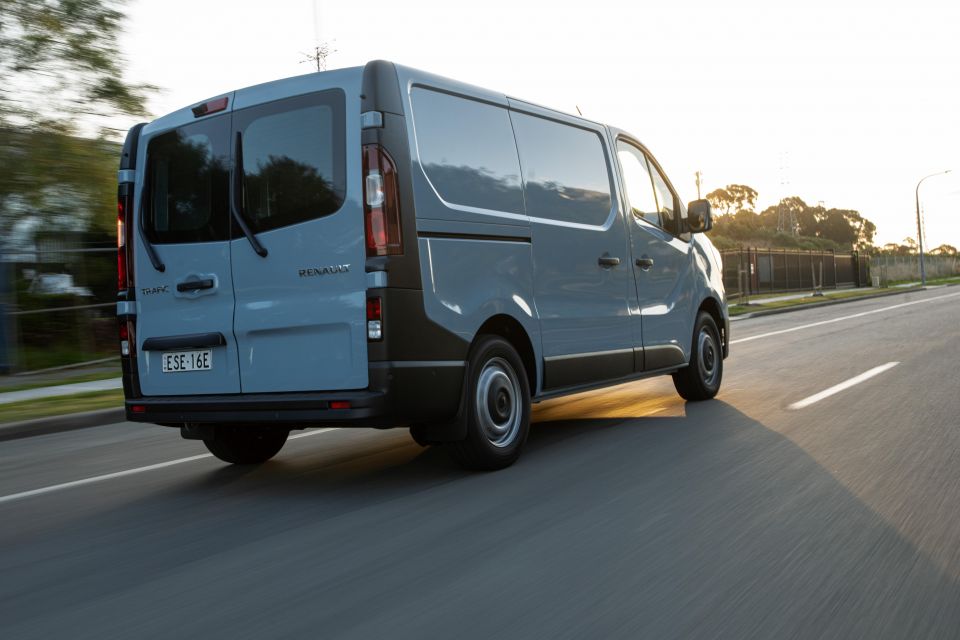
The bulkhead in our tester helps to isolate you from the echoey, uncomfortable noises that tend to echo around the load bay in most vans, improving the sense of refinement.
Ride quality is excellent unladen. The rear axle doesn’t hop awkwardly over potholes and speed humps, instead settling quickly, and you don’t get prominent shuddering or shaking through the frame when you smack into sharp bumps.
Having driven a Trafic with a load on board before, adding 200kg to the load bay settles things down further. The disc brakes at all four corners are more than capable of keeping things in check, and the 2.0-litre engine doesn’t feel stressed with extra weight on board.
A big part of this upgrade boils down to the active safety equipment now standard on the mid-range Trafic Premium… but not the base Pro.
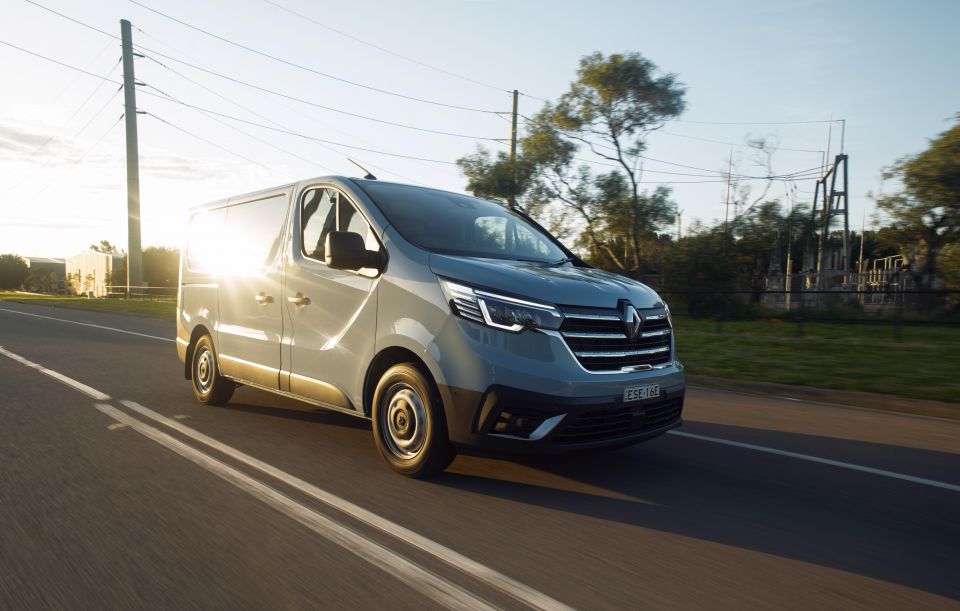
It’s a real shame it’s part of an options package, given how much time van drivers spend on the road.
Why do we care? Blind-spot monitoring makes it much easier to change lanes confidently in town in a small car with a full window line, let alone a blocky van with no side windows and limited vision out of the rear.
It’s worth noting even with the extra safety kit you still don’t get adaptive cruise or a proper lane-keeping assist system, with Renault instead giving you standard cruise and a lane departure warning that buzzes when you stray towards the white lines.
The Toyota HiAce has featured both adaptive cruise and lane-keeping since 2020, and it’s offered them across the whole range. Although the fact the Trafic is an older car underneath explains their absence, it doesn’t excuse it in 2024.
There are a number of different configurations the Trafic is available in. On test here is the mid-spec Trafic Pro Van SWB.
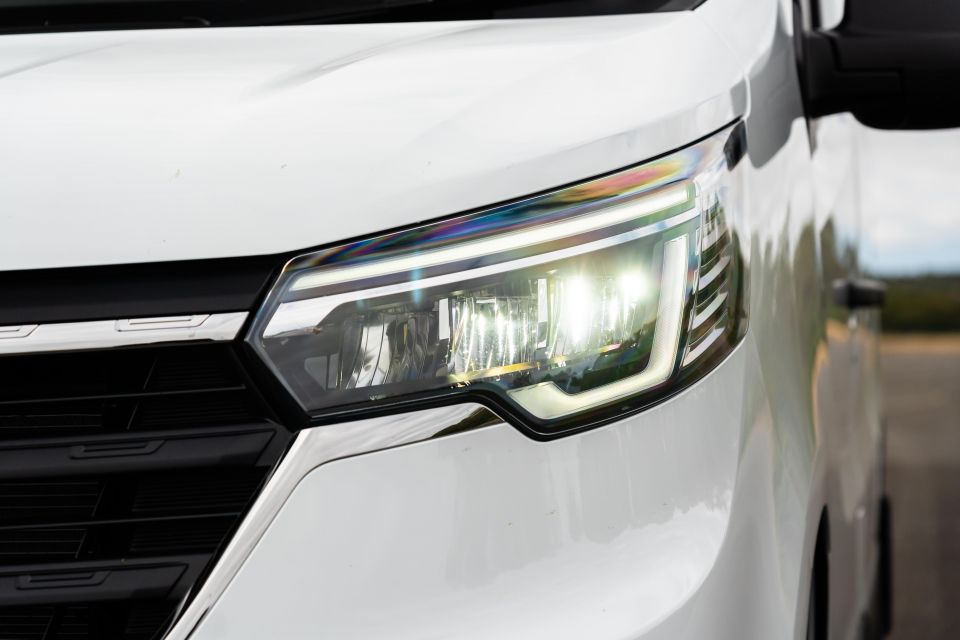

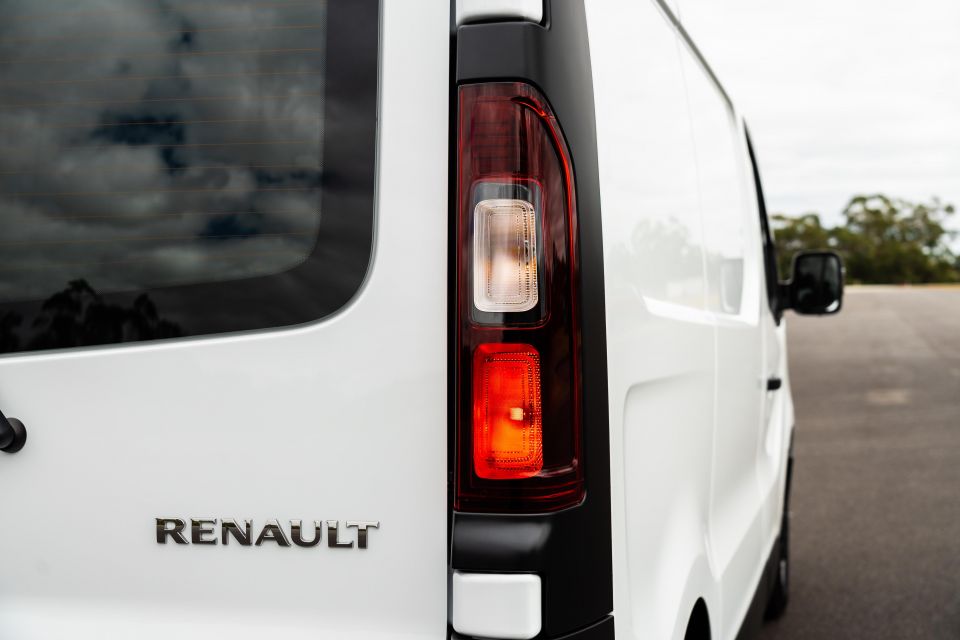

Trafic Pro comes standard with the following equipment:
Peace of Mind Pack (Pro, $1500) adds:
Comfort Pack (Pro, $1000) adds:
The Renault Trafic remains unrated by ANCAP, though Euro NCAP has a three-star rating from 2015 for the people mover variant not sold here.
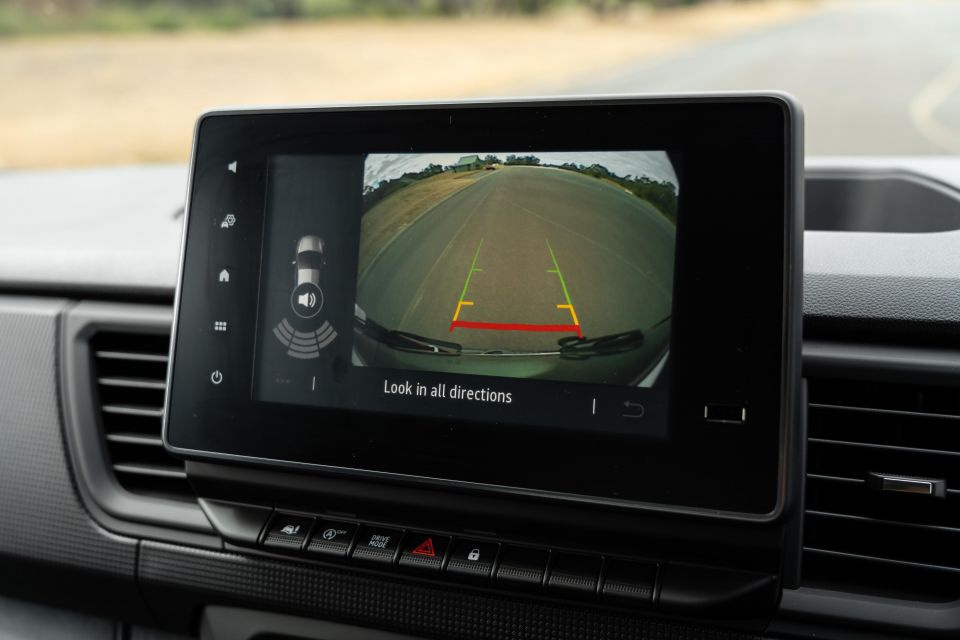
Where expert car reviews meet expert car buying – CarExpert gives you trusted advice, personalised service and real savings on your next new car.
Prior to that, ANCAP tested the Mitsubishi Express, a rebadged Trafic, in 2021 and gave it zero stars, though notably it had no active safety technology standard – something that no longer applies to the Trafic.
Standard safety equipment includes:
Premium and Lifestyle models also get:
The Renault Trafic is backed by a five-year, 200,000km warranty with five years of roadside assistance.

Servicing is required every 12 months or 30,000km, whichever comes first. The first five services are capped at $649 each.
Buy your new car without the stress. It's fast, simple and completely free.

Great service from Travis and team, second time I have used this business would not hesitate to recommend them to anyone
Craig C.
Purchased a Ford Ranger in Sunshine Coast, QLD
CarExpert helped Craig save $7,224 on his Ford Ranger, now let us save you on your next new car.
Get your BEST priceThe Trafic hasn’t strayed from its core strengths in 2024.
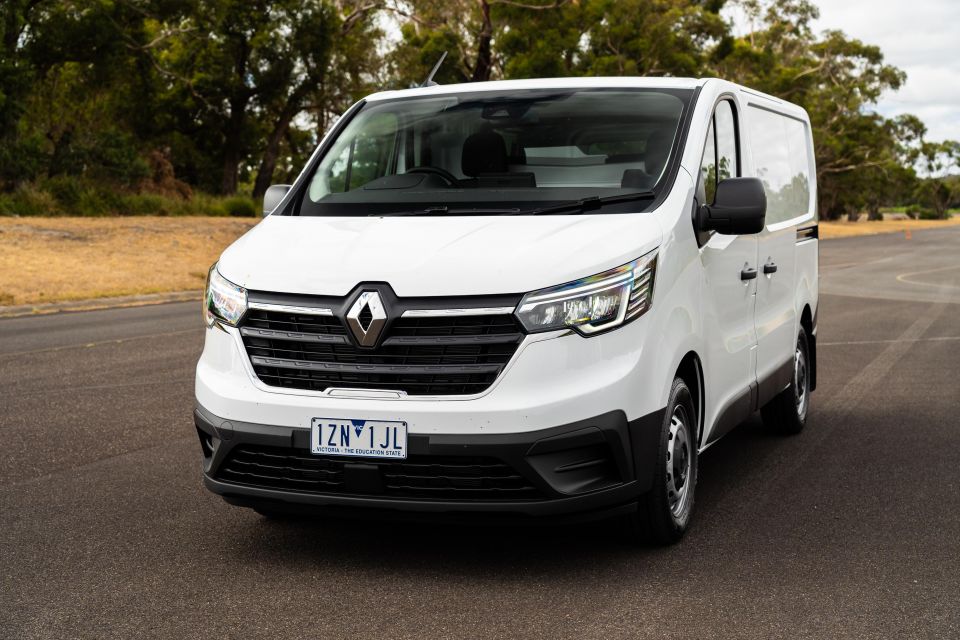
It still drives with real polish and ride quality that stands out from the crowd even with no load on board. There’s also a sense of refinement that is more car-like than van-like.
Renault also still offers colour and trim options, which is something rivals are moving away from. There are some omissions however which are becoming harder to ignore.
Although the recent addition of autonomous emergency braking is a win for tradies, who spend more time than most on the open road, the lack of adaptive cruise and lane-keep assist stands out alongside the HiAce in particular.
That’s especially noticeable given you’ll pay a very similar amount for either.

Click an image for the full gallery
MORE: Buy a Renault Trafic MORE: Everything Renault Trafic
Where expert car reviews meet expert car buying – CarExpert gives you trusted advice, personalised service and real savings on your next new car.
Scott Collie is an automotive journalist based in Melbourne, Australia. Scott studied journalism at RMIT University and, after a lifelong obsession with everything automotive, started covering the car industry shortly afterwards. He has a passion for travel, and is an avid Melbourne Demons supporter.


Dave Humphreys
6 Months Ago
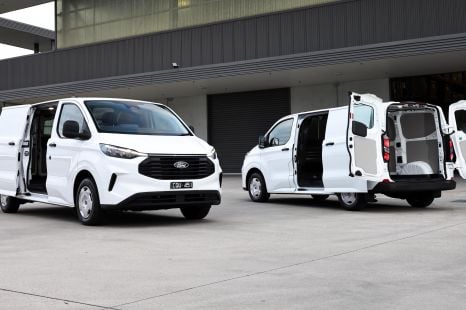

Max Davies
6 Months Ago


Josh Nevett
5 Months Ago
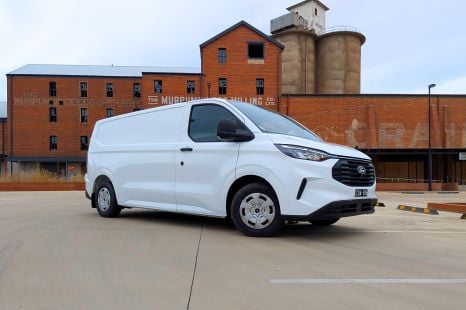

William Stopford
4 Months Ago
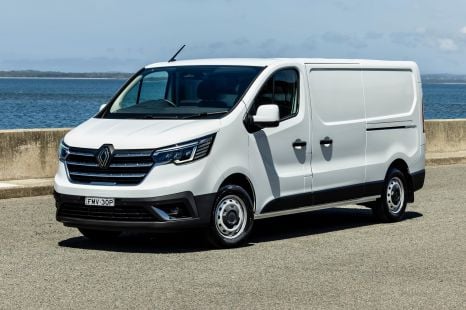

Max Davies
3 Months Ago
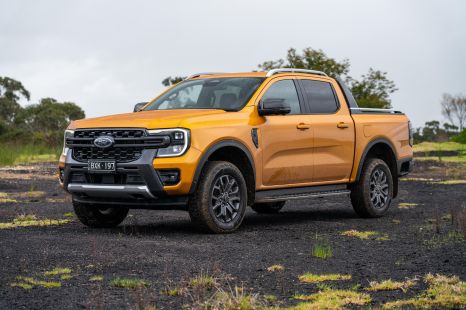

William Stopford
3 Months Ago